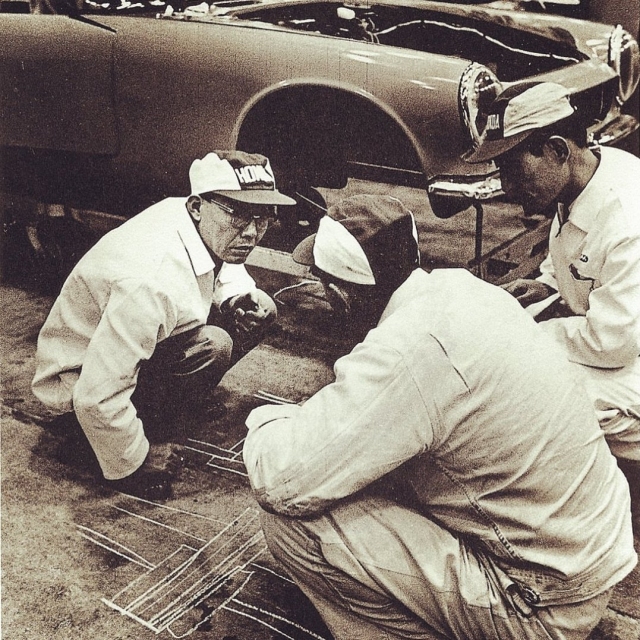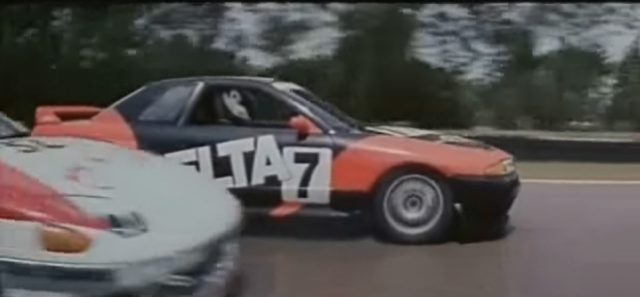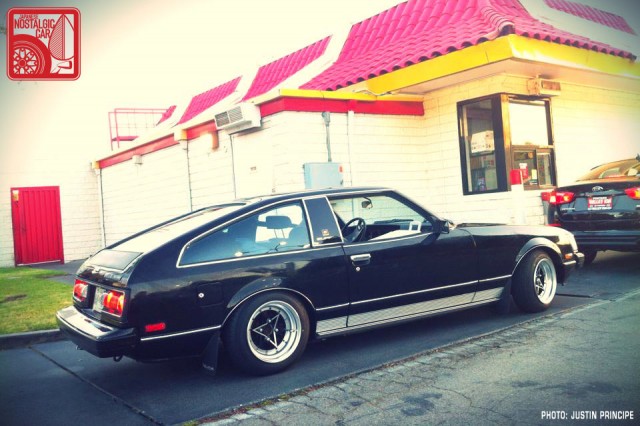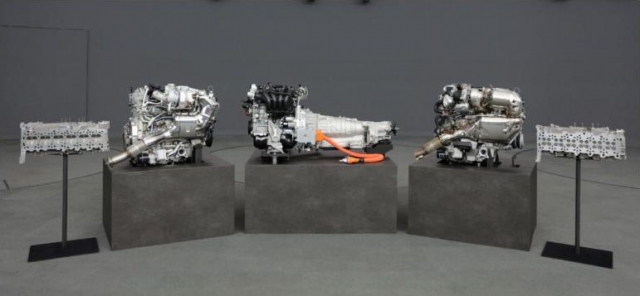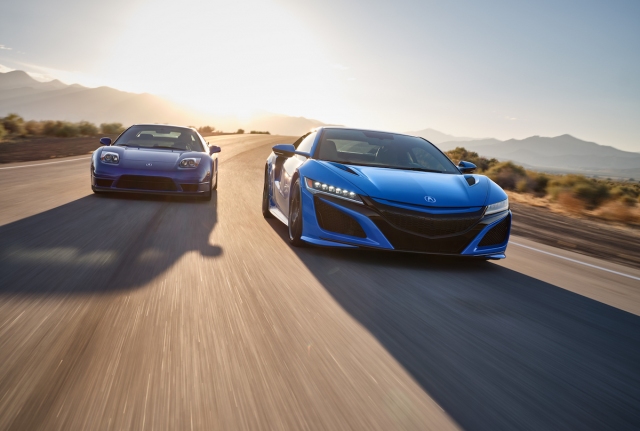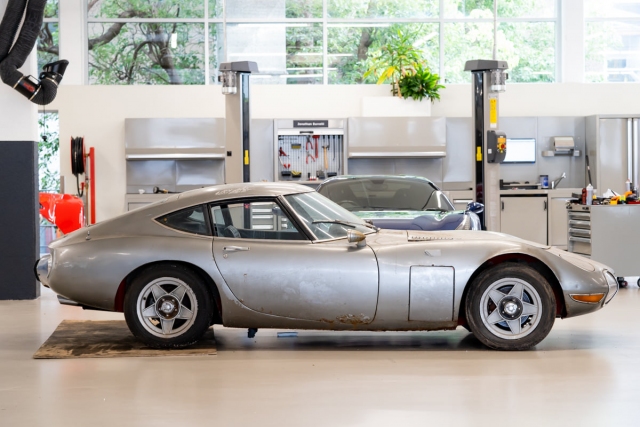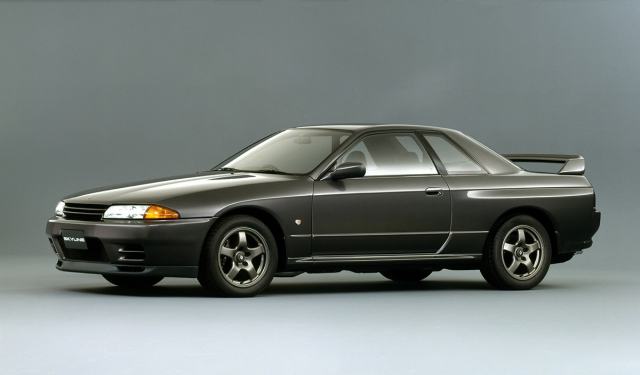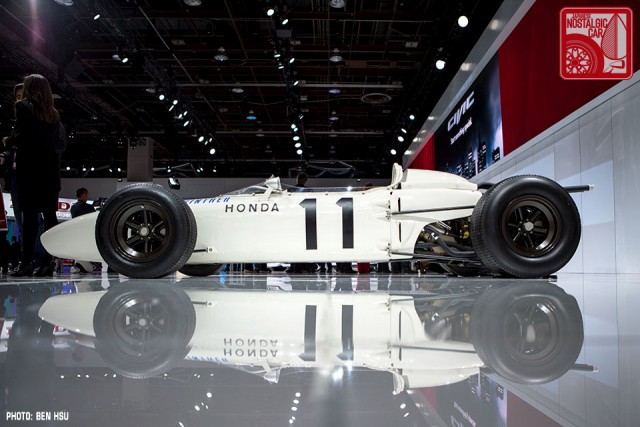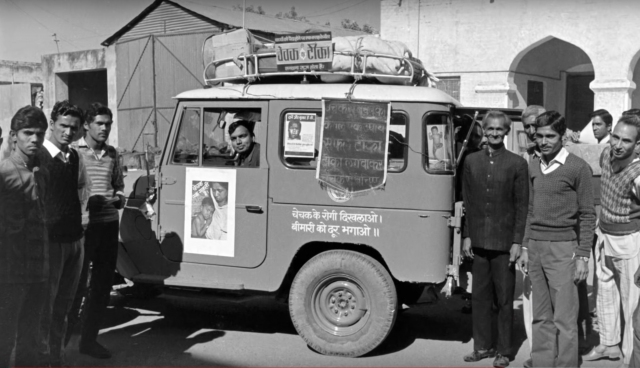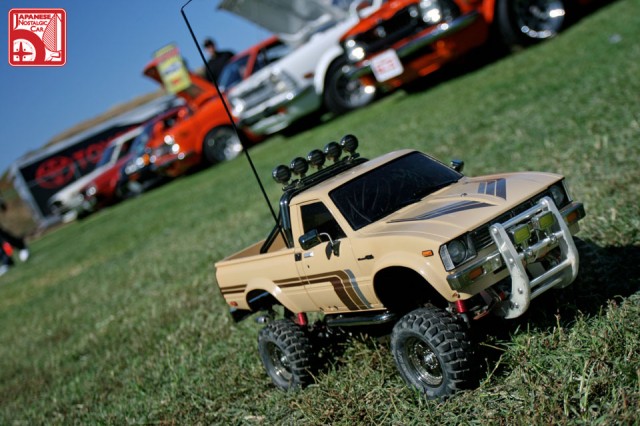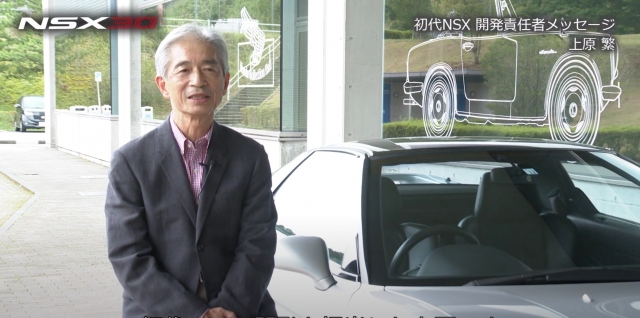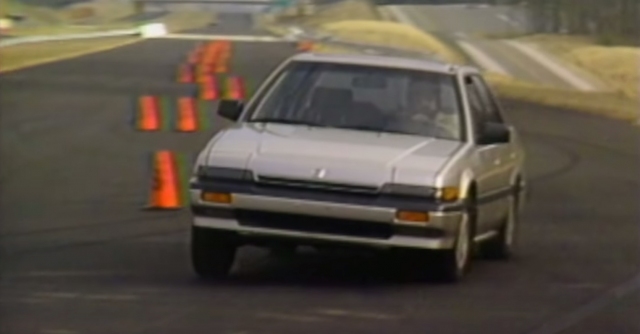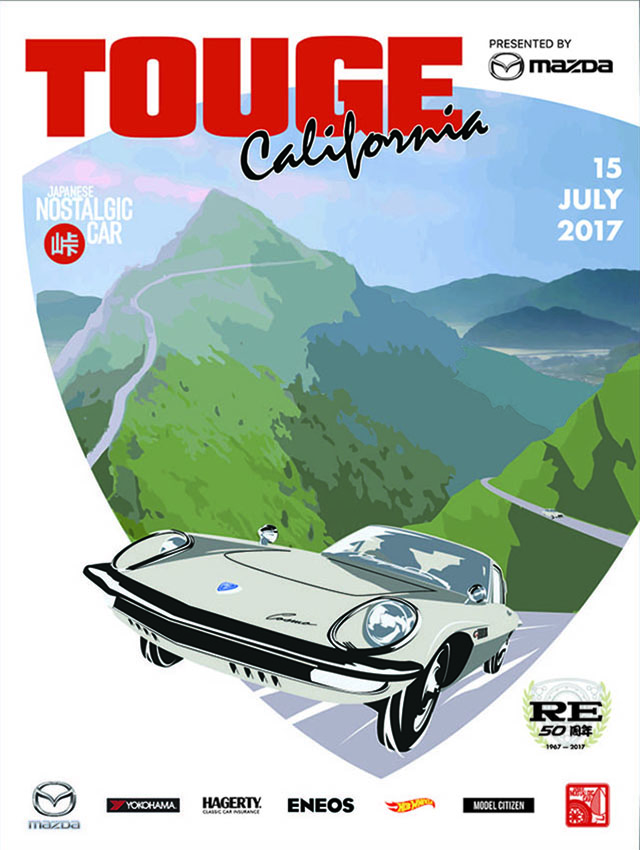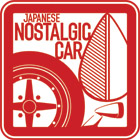Today is the birthday of Soichiro Honda, found of Honda Motor and known badass. A picture is worth a thousand words, and this photo says so much about who he was — a man who was adamant that his nascent company’s first car be a sports car, the S-chassis roadster seen in the background. But, he was also a CEO who was willing to get down on the shop floor to sketch out his next mad idea in chalk. There aren’t many like him today in the automotive world anymore. He would have been 114 if he were alive today. Happy birthday, Honda-san.
NEWS: Nissan may sell its stake in Mitsubishi Motors
It seemed like just yesterday that Nissan took a controlling stake in Mitsubishi Motors. Now, some insiders are saying that it’s looking to abandon the project like a crank-walked Eclipse. It’s no secret that Nissan is hemorrhaging cash, a one-two punch due to the weakening of the industry altogether and the compounded by the COVID-19 pandemic. But, Mitsubishi is worth less than half of what Nissan paid in 2016 and wouldn’t do that much to wipe out Nissan’s debt anyway. Continue reading
QotW: What’s your favorite JNC fast food story?
Today, November 16, is National Fast Food Day. While I generally try to avoid the stuff for health reasons, there’s one situation where I give myself á la carte blanche: road trips. Whether it’s picking up a Craigslist score, cannonballing across state lines to fetch a heavy part, or heading to a distant show, road trips not only necessitate fast food, but demands it by tradition. Plus, those processed calories taste oh so good.
What’s your favorite JNC fast food story?
The most entertaining comment by next Monday will receive a prize. Scroll down to see the winner of last week’s QotW, “What JNC van should star in a Japanese A-Team reboot?” Continue reading
Mazda shows its new straight-six, a beacon of light in an otherwise dismal earnings report
Mazda has just released its second-quarter earnings reports, and it’s not pretty. The company posted an operating loss of $502 million and sales, impacted by the COVID-19 pandemic, were down 21 percent to just 578,000 units worldwide. Deep inside the report, though, was a glimmer of something we’ve been eagerly waiting for as enthusiasts — a first glimpse of the straight-six engine powering its upcoming RWD sports sedan. Continue reading
Acura revives Long Beach Blue heritage color on the new NSX
Acura is continuing to bring back what it calls heritage colors on the new NSX for 2021. Long Beach Blue Pearl is one of the rarest paint colors offered on the first-generation NSX. Though it was offered for four years, from 2002-05, according to Acura only 88 cars wearing this color were sold in the US. Continue reading
Toyota Gazoo Racing Australia is restoring a ruined 2000GT
Toyota Gazoo Racing Australia recently announced they are undertaking a tremendous project: restoring what might be the country’s only 2000GT. The car was stuffed in a garage for 40 years, surrounded by junk, but it had been ruined long before that. Though car looks complete at a glance, under the sheetmetal it had been heavily modified, and the amount of work to bring it back to its original glory isn’t for the faint of heart. Continue reading
Chief engineers of Mazda Miata, R32 Nissan Skyline GT-R inducted into Japan Automotive Hall of Fame
In addition to cars, the Japan Automotive Hall of Fame also honors individuals who have made significant contributions to the country’s motoring culture. For 2020 three people were inducted: Toshihiko Hirai, chief engineer of the original NA Mazda Roadster; Naganori Ito, the chief engineer of the R32 Nissan Skyline GT-R; and Namiki Oka, a journalist and city planner. Here’s a little more about each of these significant figures. Continue reading
Japan’s Automotive Hall of Fame inductees for 2020 include the Suzuki Jimny, Honda RA272
Each year the Japan Automotive Hall of Fame choose three classic automobiles of historic significance to honor, and they’ve announced their inductees for 2020. More so than in past years, the trio covers extreme opposite ends of the vehicular spectrum. Two rugged trucks sit at one end, and a fine-tuned racing machine at the other. The honorees are the Toyopet SKB, first-generation Suzuki Jimny, and Honda RA272. Continue reading
QotW: What JNC van should star in a Japanese A-Team reboot?
In 1972 a crack commando unit was sent to prison by a court even Nissan’s CEO didn’t want to face for a crime they didn’t commit. These men promptly escaped from a maximum security stockade to the Tokyo underground. Today, still wanted by the government, they survive as soldiers of fortune. If you have a problem, if no one else can help, and if you can find them, maybe you can hire the J-team. Cue the music!
To be clear, there isn’t a Japanese A-Team reboot coming. I know, it’s tragic. But if there was, what kind of van would house four ex-military fugitives, be able to evade the law, and haul around their vast arsenal of weapons, surveillance equipment, and disguises?
What JNC van should star in a Japanese A-Team reboot?
The most entertaining comment by next Monday will receive a prize. Scroll down to see the winner of last week’s QotW, “What’s your favorite radio controlled JNC?” Continue reading
EF Honda Civic-driving idiot tries to run from police
One of my guilty pleasures is watching dashcam and police chase videos. It’s rare though that the subject of the pursuit is one of our own. And by one of our own I mean the enthusiast of an old Japanese car, not someone dumb enough to run from the police. Sadly, the driver of this Civic makes what seems to be a series of poor life decisions, starting with leading police on a long chase that, predictably, ends with the unfortunate Civic damaged and in a ditch. Continue reading
VIDEO: The Gemini was Isuzu’s most popular passenger car
Introduced in 1974, the Isuzu Gemini was known by many names around the world. Depending on the country, it was sold as a Chevy, Buick, Opel, Holden, Vauxhall, Daewoo, Saehan, and probably a few more. In Japan, though, it was initially named the Isuzu Bellett Gemini to denote its place as a successor to Isuzu’s main (and by then outdated) 1960s compact. Its name derived from the constellation of twins, a nod to its developed for GM’s the auto giant’s global platform program. Continue reading
It’s Election Day and you should be voting instead of reading JNC
If you’ve spent an extended amount of time in Japan you’ve probably come across a gaisensha. Translated as “sound car” or “propaganda car,” they’re basically cars and vans mounted with gigantic loudspeakers. They drive at walking speeds and loudly blast their political messages constantly to anyone within earshot. It’s super annoying, and how they manage to sway a single voter is unclear. Anyway, today is Election Day in the USA, and we should consider ourselves lucky to a.) not have gaisensha prowling our streets all the time and b.) live in a country where we can exercise our right to vote. So go forth and do so, instead of reading JNC. We’ll be back to our regularly scheduled program tomorrow.
Image: National Police Agency
To eradicate smallpox in the world’s most remote regions, the WHO employed a fleet of FJ40 Land Cruisers
We might be knee-deep in a pandemic right now, but let’s remember what humanity can achieve if we work together. This year marks the 40th anniversary of the eradication of smallpox, a painful and deadly disease that was killing 2 million people a year. And yet, even during the height of the Cold War, all the world’s nations embarked on an unprecedented program to wipe the disease off the face of the planet. To do that, the World Health Organization needed a fleet that could reach the most remote parts of the seven continents. Naturally, they went with the Toyota Land Cruiser. Continue reading
QotW: What’s your favorite radio controlled JNC?
There seems to be a large number of JNCers who are into radio controlled cars. Whether they’re as small as a grain of rice or 1:10 scale, built for drifting or off-roading, are simple off-the shelf affairs or highly detailed kits, there is no shortage of variety. We’re partial to the old Tamiya kits like Bruiser Toyota HiLux that famously towed a real HiLux, but there’s countless other classics.
What’s your favorite radio controlled JNC?
The most entertaining comment by next Monday will receive a prize. Scroll down to see the winner of last week’s QotW, “Which JNC would you choose for surviving the zombie apocalypse?” Continue reading
Happy Halloween from JNC
Is there anything scarier than a long-neglected project car lurking in its cramped parking spot? It’s as if this Isuzu Hillman Minx found in Kanto is beckoning, “Fix me… Fix me.” Happy Halloween from JNC!
VIDEO: For the 30th anniversary of the Acura NSX, chief engineer Shigeru Uehara has a message for fans
Building on the NSX’s 30th anniversary, Honda has released a message from the original car’s chief engineer, Shigeru Uehara. It’s all in Japanese, naturally, but with the help of our pal and Hot Wheels’ resident Honda-head Ryu Asada, we’ve been able to bring you a translation. Continue reading
VIDEO: The third-gen Accord was when Honda began to eat Detroit’s lunch
It’s no secret that we’re big fans of the third-generation Accord here, but how was it received when new? Motorweek said that it was making Detroit, which at the time still dominated the family sedan market, nervous. There’s good reason, too. Put this thing next to a Chrysler K-Car, a hugely popular model at the time, and it might as well be a UFO. Continue reading
VIDEO: Why the Isuzu museum in Japan has a Chevy in it
Despite its prowess in building large industrial trucks for any type of terrain, Isuzu was never truly able to succeed in the domestic truck and SUV market. They never were able to challenge the like of the Land Cruisers, Patrols and Mitsubishis, and even their small pickups lagged behind the competition from Toyota and Nissan. As a result, the Isuzu Faster set its sights on the US market, where its rebadged version, the Chevy LUV, was arguably more successful than the original. Continue reading


